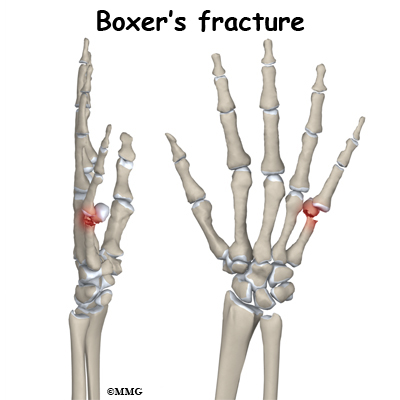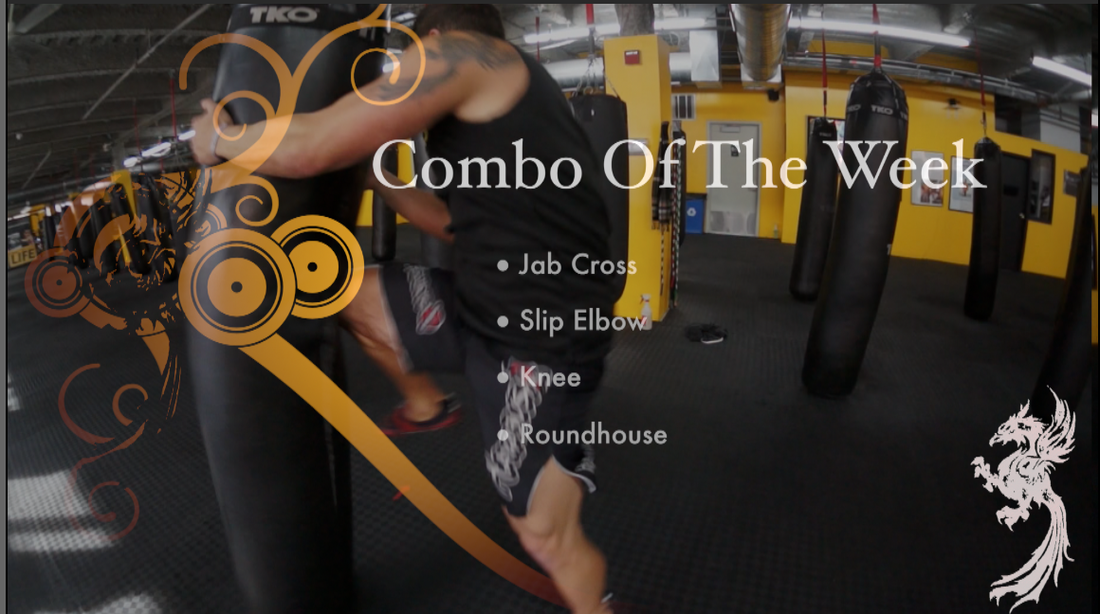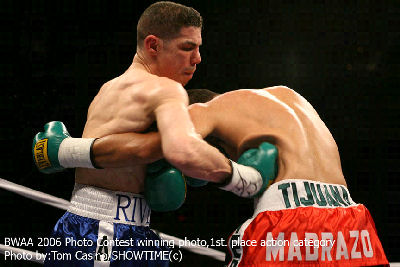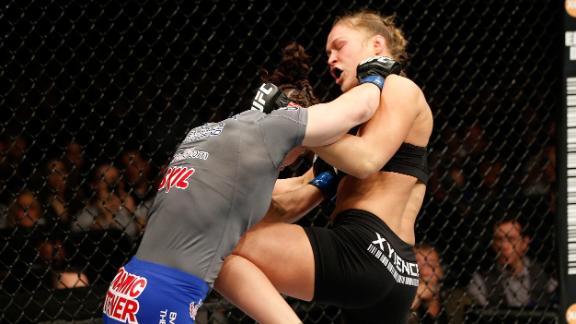WNY MMA & FITNESS
Kickboxing Stretches and Flexibility Exercises
Kickboxing stretching exercises to improve your performance and do away with kickboxing injuries for good.
In original karate matches, contact was forbidden. Points were awarded for strikes that penetrated the defenses of an opponent, but the strikes were not intended to inflict harm on the opponent. In 1959 Tatsuo Yamada became interested in Thai fighting which did allow full contact. He wanted to begin having full contact karate matches. He proposed a new form of fighting competition called “karate-boxing.” It was a blend of Thai fighting and karate.
If you’re looking to improve your kickboxing or just seeking to prevent kickboxing injuries it is important to follow the information in this article. In addition, adding a few simple stretches to your fitness program will also help. To get started on a safe and effective stretching routine that’s just right for you, check out the Ultimate Guide to Stretching & Flexibility.
 In 1963 there was a match between three karate fighters and three Muay Thai fighters. The match was won 2 to 1 by the karate fighters. Noguchi and Kenji Kurosaki studied Muay Thai closely and developed “kick boxing.” In the beginning, butting and throwing were allowed to distinguish it from Muay Thai. In 1966 Osamu Noguchi founded the Kickboxing Association, the first sanctioning body for the sport. The first sanctioned kickboxing event was held in Osaka in April of 1966.
In 1963 there was a match between three karate fighters and three Muay Thai fighters. The match was won 2 to 1 by the karate fighters. Noguchi and Kenji Kurosaki studied Muay Thai closely and developed “kick boxing.” In the beginning, butting and throwing were allowed to distinguish it from Muay Thai. In 1966 Osamu Noguchi founded the Kickboxing Association, the first sanctioning body for the sport. The first sanctioned kickboxing event was held in Osaka in April of 1966.
Tadashi Sawamura, and the televised kickboxing matches, brought kickboxing to the forefront. It began a boom in popularity. However, with Sawamura’s retirement it began to slide in popularity. It was about this time that it began in the U.S.
In the U.S. they also wanted to find a way to add more contact to traditional karate matches. In the 1970s many karate practitioners decided to move to a full contact version. Questions were raised about the safety of the sport so rules were developed to make it safer and protective equipment was implemented.
Head-guards, gum shields (mouth pieces), kickboxing gloves, groin protectors, and shin guards and kickboxing boots were introduced. Early matches were contested in open, matted areas, much like the traditional karate fighting. Later the matches moved to regular sized boxing rings. As the Americans became more proficient they decided to test their mettle against Japanese fighters, and sent some of their best over seas. This was the beginning of true international kickboxing. From there it developed into an international sport.
Some famous early kick boxers included Bruce Lee, Chuck Norris, Bill Blanks, Joe Lewis, Bill Wallace, Benny Urquidez, and Ed Daniels. These early fighters set the stage for professionalism in the sport and endorsement opportunities for today’s fighters.
Anatomy Involved
Kickboxing has also gained popularity as a fitness activity. Cardio kickboxing and various other kickboxing classes have become the rage among fitness enthusiasts. The head to toe fitness benefits of kickboxing entice many people seeking new fitness avenues. From beginners to advanced trainers, kickboxing offers a high intensity, low to moderate impact workout.
Kickboxing requires good endurance to fight through multiple rounds. The use of the legs for kicking and the upper body for various strikes and blocks requires good flexibility and strength in these areas. Agility and quickness are also essential to the kick boxer.
Strength in the hips and legs is important to provide a solid base and good balance. A strong upper body is important for delivering powerful blows and absorbing the blows of an opponent. Core muscular strength is also important to protect the body from the blows during a fight.
Kickboxing requires the use of the following major muscle groups:
- The muscles of the shoulder girdle; the pectorals, the latissimus dorsi, the teres major, and the deltoids.
- The muscles of the upper legs and hips; the gluteals, the hamstrings, and the quadriceps.
- The muscles of the forearm and upper arm; the wrist flexors and extensors, the biceps, and the triceps.
- The core muscles; the rectus abdominus, obliques, and the spinal erectors.
- The muscles of the neck and the trapezius.
A kick boxer must follow a good strength and conditioning program to prepare the body for the rigors of a fight. Good strength to protect the bones and joints, cardiovascular conditioning to make it through the entire fight, and good flexibility to be able to move and strike at various angles are all essential to the kick boxer.
Most Common Kickboxing Injuries
 Kickboxing, even with the many safeguards and extensive safety equipment, can be a dangerous sport by nature. The body is subjected to various violent blows and the intent of the contest is to knock the other fighter to the ground, or render him unconscious.
Kickboxing, even with the many safeguards and extensive safety equipment, can be a dangerous sport by nature. The body is subjected to various violent blows and the intent of the contest is to knock the other fighter to the ground, or render him unconscious.
Acute injuries are common in kickboxing. The different strikes to the head and body can lead to many injuries including concussions, rib fracture, broken nose, and contusions.
- Concussion: When a strike to the head causes the brain to move within the skull the impact can cause swelling within the brain. This swelling causes tissue death. Loss of consciousness, pain, blurred vision, and memory loss are all symptoms of a concussion. Any fighter exhibiting these symptoms should be removed from the fight, kept awake and seek medical attention. Recovery may take 4 to 6 weeks before returning to competitive fighting. Rest should continue until all symptoms subside.
- Rib Fracture: Repetitive blows to the rib cage area, or extremely violent blows, can cause the ribs to fracture. Fractures to the ribs may be in a single rib or multiple ribs at once. When multiple ribs are fractured, or fractured in several places, a flail chest may occur. The rib cage will lose its structural support and difficulty breathing may result. If the rib becomes dislocated it may puncture a lung. Splinting the ribs, removal from the activity, and rest are important steps in the treatment of rib fractures.
- Broken Nose: A direct blow to the nose can cause a separation of the cartilage of the nose from the bone of the skull. This is considered a fracture of the nose. Profuse bleeding, angulations of the nose, pain, swelling, and discoloration around the eyes often accompany a broken nose. The first step in treatment is to control the bleeding. The nose will then need to be set to prevent future complications. Protection of the nose until it is fully healed will also prevent future injury and complications.
- Contusions: Violent blows to the body can cause a rupture in the blood vessels beneath the skin. The blood will then leak into this space causing pain, discoloration, swelling, and pressure. Superficial contusions respond well to ice and NSAIDs. Deeper contusions to the muscles, or even bone, require more aggressive treatment, including rest and possible immobilization. Protecting the injured area from future injury will be important, as well.
Injury Prevention Strategies
A good overall conditioning program and practice in proper form and technique will keep the kick boxer performing at peak levels and reduce injuries.
- Muscular endurance and strength are both essential to the kick boxer to reduce fatigue and protect the body from the violent impact of the many blows endured in a fight.
- Fighting in sanctioned fights with a referee and in an approved ring will also cut down on the chances for severe injury.
- Good instruction from a qualified instructor and practice of proper technique will also reduce the chance of acute and chronic injury.
- A solid stretching program will improve flexibility and prepare the muscles for the demands that will be placed on them during a fight. A flexible fighter will be able to move better to avoid strikes and get into position to deliver blows, as well.
The Top 3 Kickboxing Stretches
Stretching is one of the most under-utilized techniques for improving athletic performance, preventing sports injury and properly rehabilitating sprain and strain injury. Don’t make the mistake of thinking that something as simple as stretching won’t be effective. Below are 3 very beneficial stretches for kickboxing; obviously there are a lot more, but these are a great place to start. Please make special note of the instructions beside each stretch.
 Rotating Stomach Stretch: Lie face down and bring your hands close to your shoulders. Keep your hips on the ground, look forward and rise up by straightening your arms. The slowly bend one arm and rotate that shoulder towards the ground.
Rotating Stomach Stretch: Lie face down and bring your hands close to your shoulders. Keep your hips on the ground, look forward and rise up by straightening your arms. The slowly bend one arm and rotate that shoulder towards the ground. Standing High-leg Bent Knee Hamstring Stretch: Stand with one foot raised onto a table. Keep your leg bent and lean your chest into your bent knee.
Standing High-leg Bent Knee Hamstring Stretch: Stand with one foot raised onto a table. Keep your leg bent and lean your chest into your bent knee. Squatting Leg-out Adductor Stretch: Stand with your feet wide apart. Keep one leg straight and your toes pointing forward while bending the other leg and turning your toes out to the side. Lower your groin towards the ground and rest your hands on your bent knee or the ground.
Squatting Leg-out Adductor Stretch: Stand with your feet wide apart. Keep one leg straight and your toes pointing forward while bending the other leg and turning your toes out to the side. Lower your groin towards the ground and rest your hands on your bent knee or the ground.







